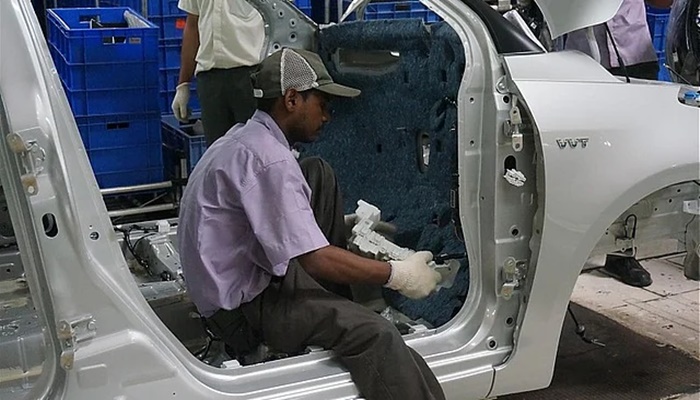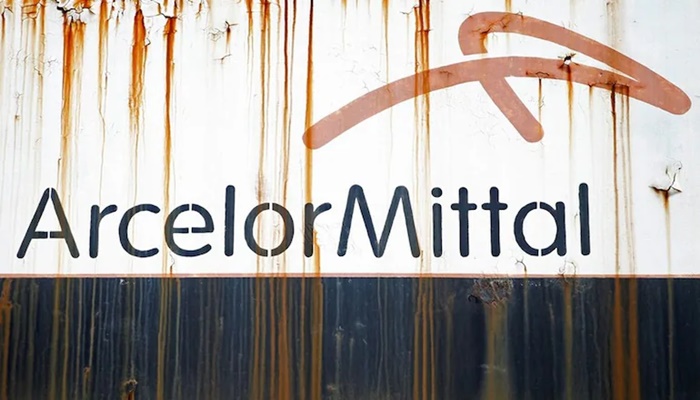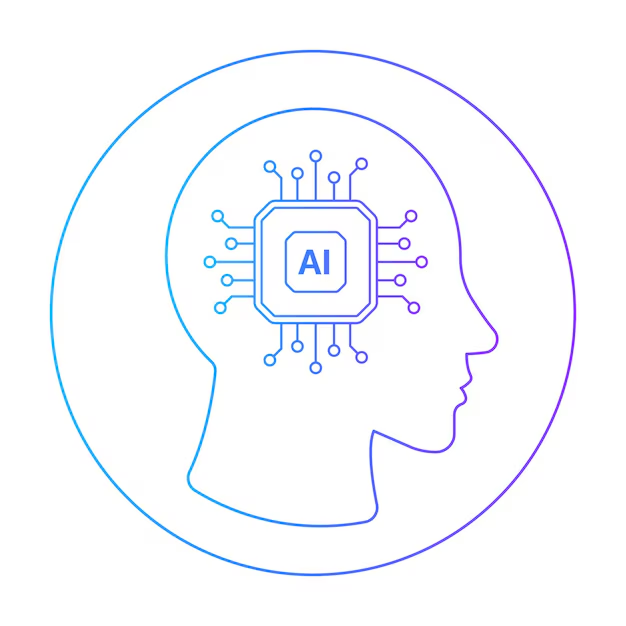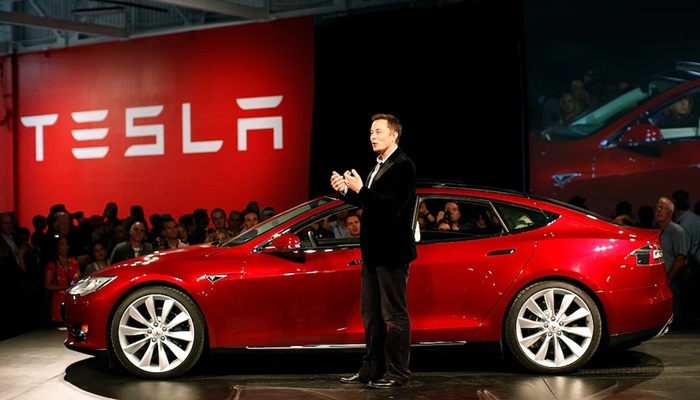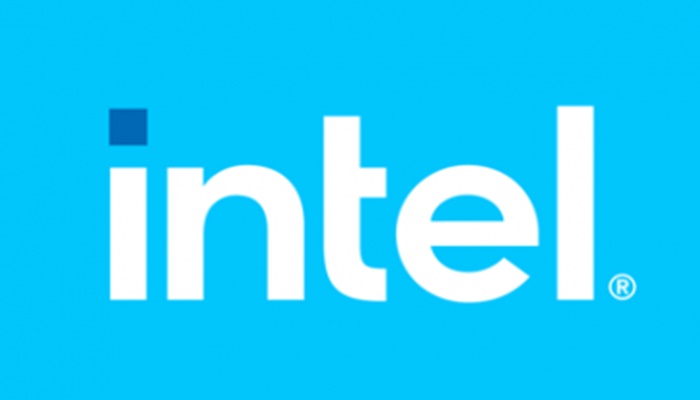Intel is preparing to lay off around 5,500 employees across the United States as part of a sweeping cost-cutting exercise under new CEO Lip-Bu Tan. This new round of job cuts, which spans engineers, senior leaders, and back-office staff, is aimed at addressing financial stress and intensifying competition in the global chip market, particularly in the AI and foundry segments where Intel has fallen behind.
The latest wave of job reductions comes after Intel already laid off about 15,000 workers earlier this year. While the company had initially forecast cutting 4,000 more jobs, fresh Worker Adjustment and Retraining Notification (WARN) filings reveal a far larger impact, bringing the total new layoffs to 5,500.
California and Oregon are the hardest hit. Intel’s filings show job cuts in California have doubled to 1,935, while in Oregon, the number has jumped fourfold to 2,932. Arizona will also see significant reductions, with 696 roles expected to be axed.
Lip-Bu Tan, who recently took over as Intel’s CEO, has signaled a bolder restructuring agenda. He has told employees that the company will reduce its global workforce by 20 per cent as it seeks to rein in costs and reposition itself in a rapidly evolving chip landscape. “Twenty, thirty years ago, we were really the leader. Now, we are not in the top ten semiconductor companies,” Tan reportedly said in a recent internal meeting, highlighting the steep fall in Intel’s industry standing.
Intel’s market capitalisation has plunged to about USD 103 billion, less than half of its value from 18 months ago, placing it behind at least 15 other semiconductor firms globally. Rival Nvidia, by contrast, hit a USD 4 trillion valuation last week, driven by soaring demand for AI chips.
Intel’s chip foundry ambitions have also hit a wall. Despite heavy investment in its upcoming Intel 18A process node, designed to compete with Taiwan’s TSMC, the company is reportedly facing hesitation from prospective customers. Intel’s former CEO Pat Gelsinger, now serving in a different capacity, recently acknowledged that clients are cautious about adopting Intel 18A, as per a Reuters report.
The job cuts mark one of the most aggressive restructuring moves in Intel’s recent history and underscore the scale of the challenges the company faces in regaining relevance in a market increasingly dominated by competitors with sharper AI and fab capabilities.


